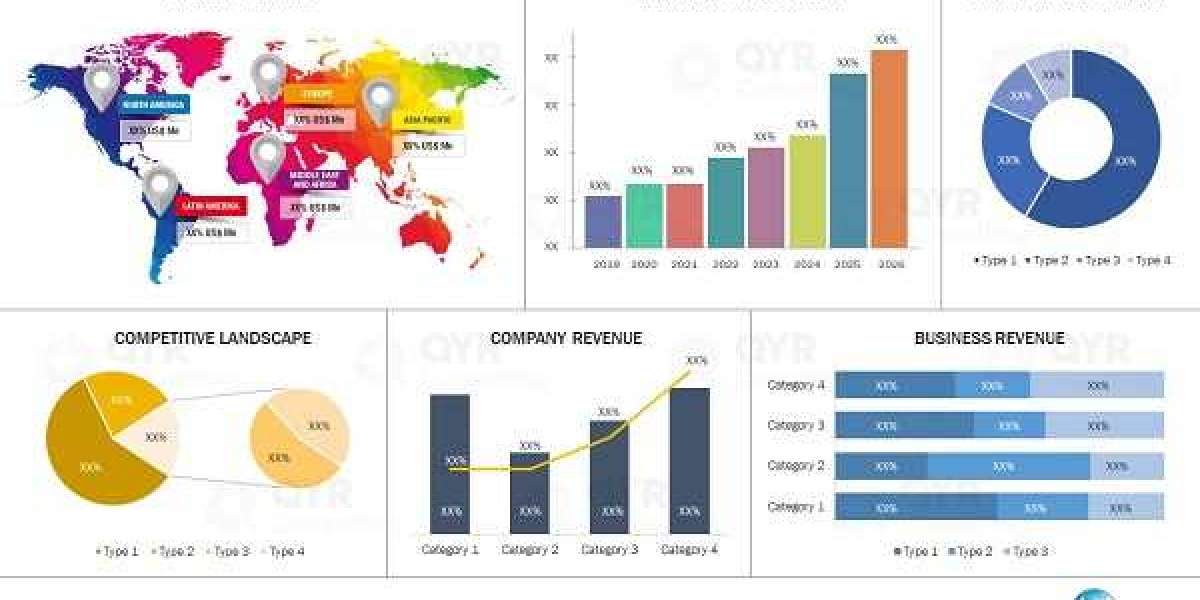Rootfacts provides professional Predictive Analytics and Risk Modelling Software Development Services in Belfast, Ireland, assisting companies in forecasting future trends and minimizing potential risks. Utilizing advanced predictive analytics, Rootfacts employs historical data and complex algorithms to predict outcomes and recognize possible opportunities or risks. Their risk assessment software aids companies in evaluating and managing risks by modeling different scenarios, facilitating informed choices. Rootfacts customizes its solutions to address the unique requirements of every client, guaranteeing that their predictive models and risk management approaches align with business objectives. If you aim to enhance operational efficiency, streamline resource distribution, or protect against market risks, Rootfacts offers innovative software solutions to facilitate more informed business choices. Rootfacts prioritizes innovation, precision, and dependability, serving as your reliable ally for predictive analytics and risk modeling in Belfast, Ireland, enabling businesses to overcome challenges and thrive in a competitive marketplace.
Search
Popular Posts
-
 Whole Life Insurance vs. Term Life Insurance: Which is Right for You in 2025
Whole Life Insurance vs. Term Life Insurance: Which is Right for You in 2025
-
 Future of 2-Chlorobenzyl Cyanide Market: Emerging Trends & Growth Forecast (2025–2031)
Future of 2-Chlorobenzyl Cyanide Market: Emerging Trends & Growth Forecast (2025–2031)
-
 Ultra-High Performance Concrete Market Overview: Growth, Share, Value, Insights, and Trends
Ultra-High Performance Concrete Market Overview: Growth, Share, Value, Insights, and Trends
-
 Quantum Computing: The Next Technological Revolution
Quantum Computing: The Next Technological Revolution
-
 Expert Law Assignment Help by Digi Assignment Help
Expert Law Assignment Help by Digi Assignment Help






